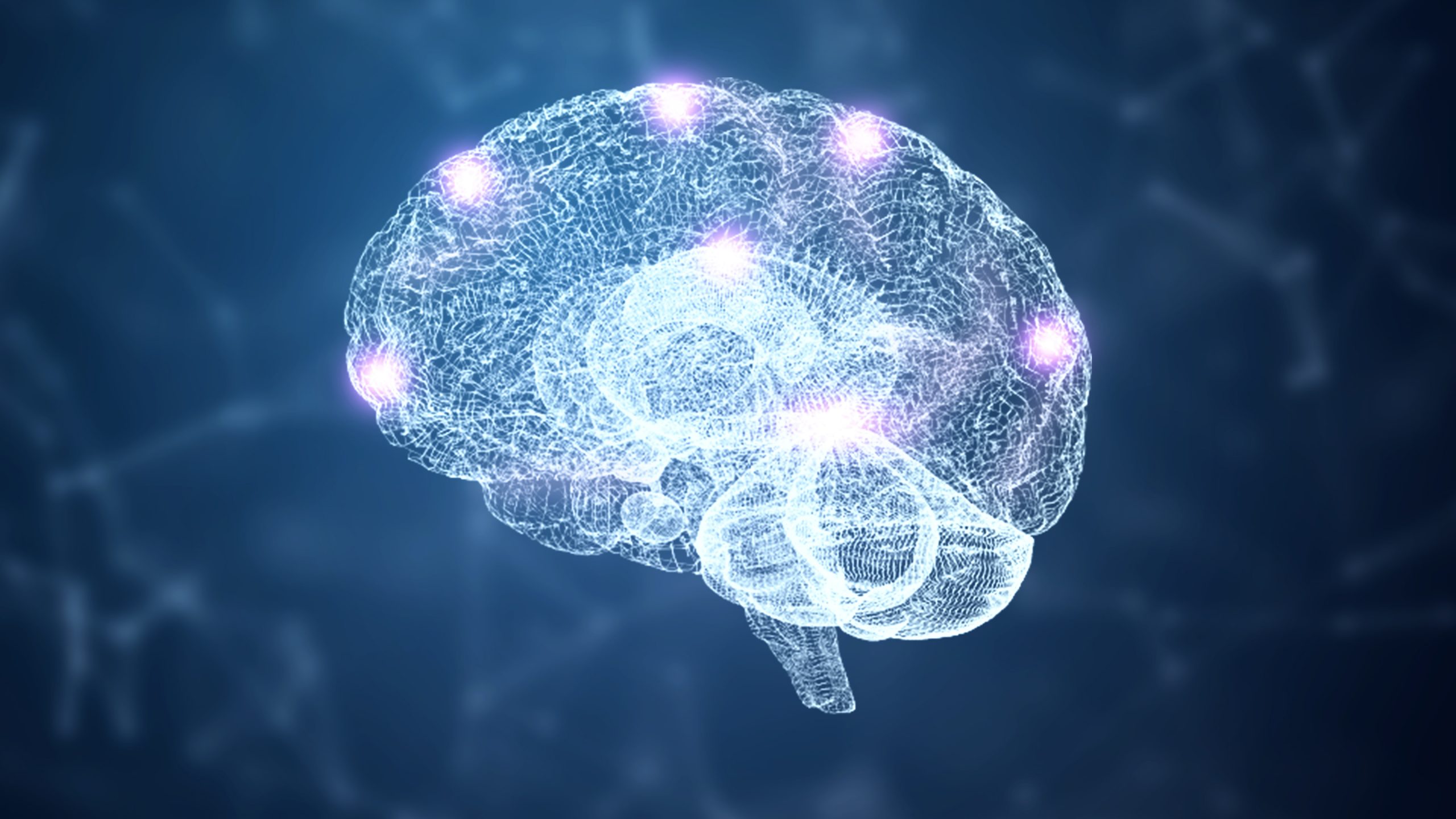Parkinson’s is one of the fastest growing neurological diseases in the world and difficult to detect as diagnosis is so reliant on the appearance of motor symptoms like tremors and stiffness.
Symptoms can also become apparent years after the onset of the disease.
A new study published in Nature Medicine describes an artificial intelligence tool for detecting the disease by analysing breathing patterns while a person is sleeping.
The neural network can track the severity and progression of someone’s Parkinson disease over time.
The authors of the new paper come from several prominent institutions including the Massachusetts Institute of Technology, University of Rochester, Rutgers University, Mayo Clinic, Massachusetts General Hospital and the Boston University College of Health and Rehabilitation.
The device the team developed is described as looking like a home Wi-Fi router and does not require touching the person’s body while they are asleep.
The device analyses the reflections of the radio signals it emits off the surrounding environment and extracts breathing patterns without any body contact.
If further testing can show this model is reliable in recognising early signs of Parkinson’s and its progression, patients could be recruited for clinical trials.

“In terms of clinical care, the approach can help in the assessment of Parkinson’s patients in traditionally underserved communities, including those who live in rural areas and those with difficulty leaving home due to limited mobility or cognitive impairment.”
A lot more additional study will be needed to show AI is reliable for diagnosis.
Ray Dorsey, one of the co-authors and a professor of neurology at the University of Rochester, tempered expectations of what this could mean for treatment.
“It’s hard to say whether nocturnal breathing is going to be the measure you’re going to see change in response to treatment. It may be more useful for diagnosis,” he said.
“But I think if you can get objective measures of disease in the real world, this would tell you in a shorter period of time whether a drug works.”






